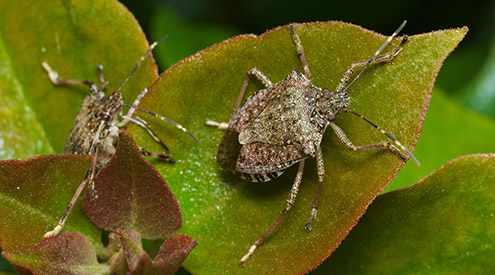Invasive species are a growing threat to ecosystems around the world. These species, whether introduced intentionally or accidentally, can outcompete native species for resources and disrupt entire ecosystems. In this article, we will explore the impact of invasive species on the environment, the factors that contribute to their success, and the steps that can be taken to prevent their spread.
The Impact of Invasive Species
Invasive species can have a range of negative impacts on the environment. They can reduce biodiversity, alter nutrient cycling, and disrupt ecosystem services. They can also cause economic damage, such as reduced crop yields or increased management costs. In some cases, invasive species can even pose a threat to human health and safety.
Factors Contributing to Invasive Success
There are several factors that contribute to the success of invasive species. These include their ability to reproduce rapidly, their lack of natural predators or competitors, and their adaptability to new environments. Human activities, such as transportation and trade, also play a significant role in the spread of invasive species.
Preventing the Spread of Invasive Species
Preventing the spread of invasive species is essential to protect native ecosystems and the services they provide. This can be achieved through measures such as early detection and rapid response, quarantine regulations, and public education and outreach. In addition, land managers can use a range of techniques to control or eradicate invasive species, such as manual removal, herbicides, or biological control agents.




